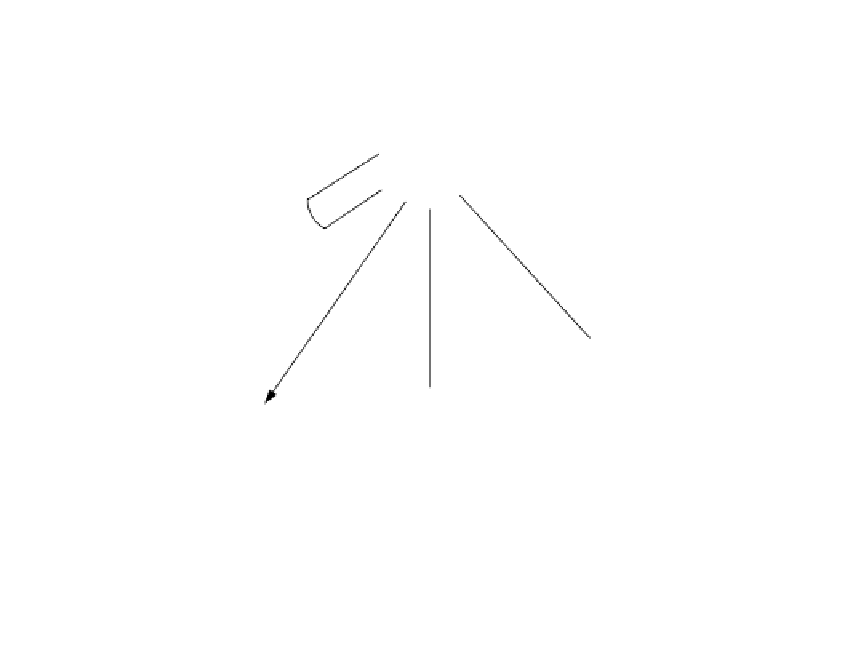Biomedical Engineering Reference
In-Depth Information
DNA (sequence repeats)
redundancy
Degradation
(nucleases, catalytic molecules)
Multiple copies
redundancy
actuator
function
Multiplication
(Enzyme assisted
PCR replication,
transcription)
Repair function
(enzyme assisted)
Sequence-specific
binding proteins
Denature and
hybridize with
DNA or RNA
nucleic acid probe
Phase transitions
Ordered, condensed tertiary/
quaternary structure states
(toruses, folded fibre rods,
liquid crystals, psi states)
Alteration of
structure/gene
function
Template assisted:
self-assembly
self-diagnosis
sensor/actuator
Discrimination
switching function
sensor actuator
function
Self-assembly
sensor/actuator function
FIGURE 1.40
Schematic representation of the intelligent materials properties of DNA and its complexes with other molecules
is presented. Reprinted from Marx, K.A., Lim, J.O., Minehan, D., Pande, R., Kamath, M, Tripathy, S., Kaplan, D.
(1994). Intelligent Materials Properties of DNA and Strategies for It's Incorporation into Electroactive Polymeric
Thin Film Systems.
J. Intelligent Mater. Systems Struct.
5:447-454. With permission of Sage Publications.
its intelligent properties, a number of which we present schematically in Figure 1.40. For
emphasis in the discussion that follows, we have italicized the individual intelligent prop-
erties of DNA as we discuss them.
The evolved DNA sequences of any organism (its genome) represent the genetic program
that orchestrates the intelligent properties of that cell or whole organism. In humans, the
genome is comprised of around 3
10
9
base pairs organized into 23 long linear DNA pieces
called chromosomes. In normal cells, two copies of each of the 23 chromosomes are found
within the nucleus of every cell. With the success of the international Human Genome
Project the genomes of more than 100 organisms, including humans, have been successfully
sequenced (111). In simple terms, this means that we know the linear order of bases, the
information content, along each DNA strand in the chromosomes of those organisms. What
is more difficult to know with certainty is the answer to the first question of interest once
this sequence is in hand. What is the exact location in the DNA sequence of
all of the genes? This is an important question to ask since genes possess the protein
coding information necessary for making all the proteins that carry out their myriad of
functions in the cell. Fortunately, this is a tractable problem that is currently being solved.
However, a far more difficult task is to understand how the DNA comprising the genome
is regulated. That is, when and in which cell types are specific genes copied to make
proteins? These gene regulation processes occur via highly organized control mechanisms








































